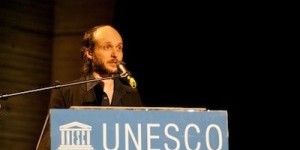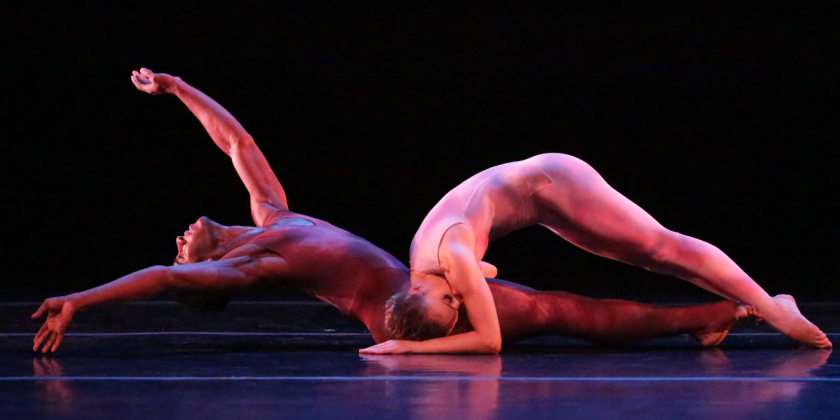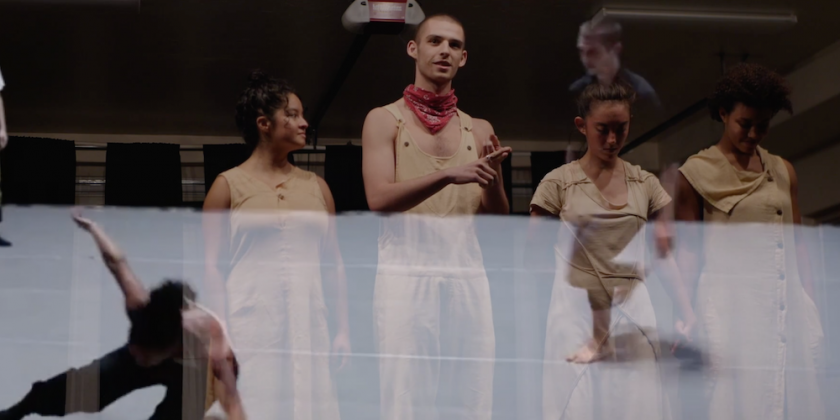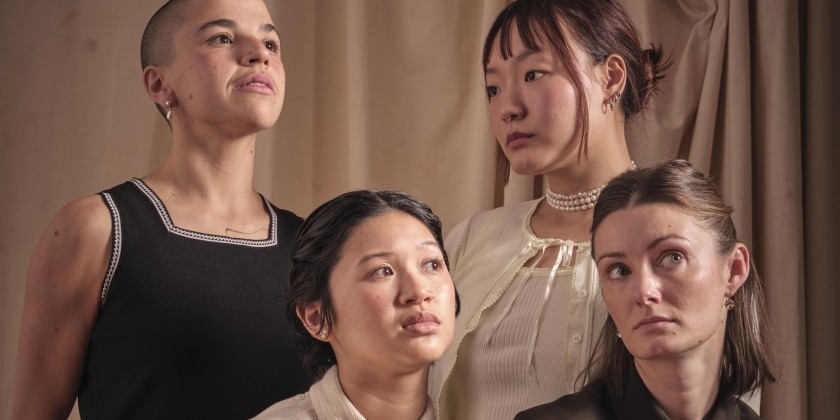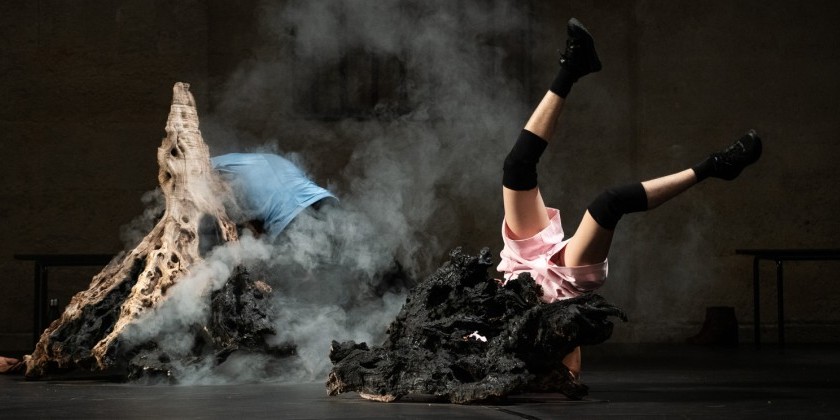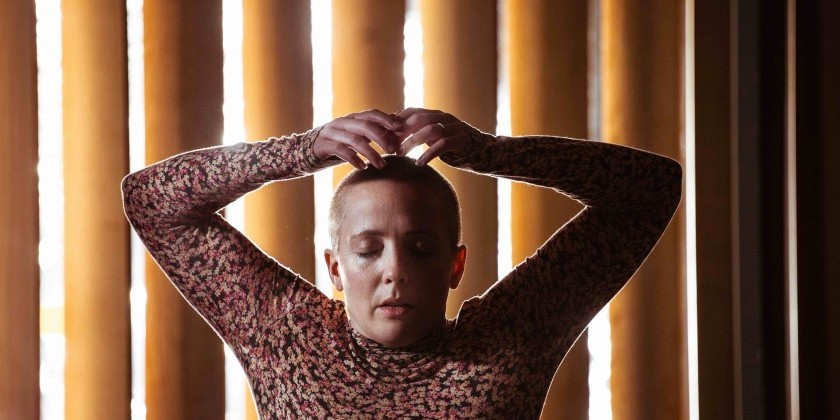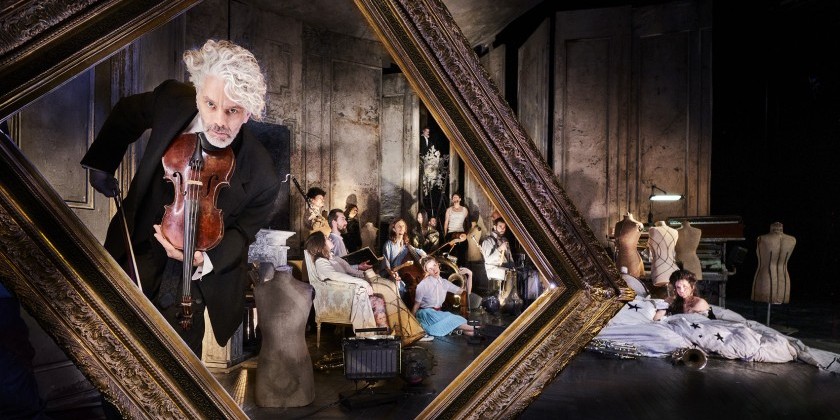Summer Dance in France: World Dance Alliance Global Summit
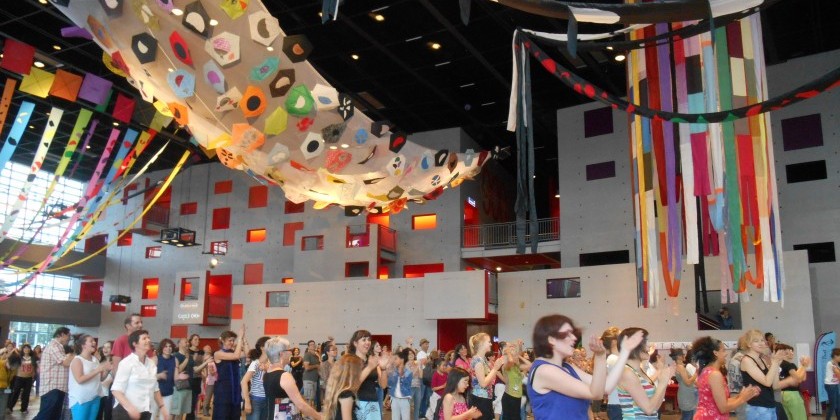
300 Presenters 37 Countries Voices and Visions of Dance
World Dance Alliance Global Summit
at the Centre nationale de la danse
Angers, France
July 6-11, 2014
The World Dance Alliance 2014 Global Summit in Angers, France, succeeded in its aim to create a supportive space for sharing research and creative work. It was a stimulating, inspiring and outright exhausting week, with over 300 presenters from 37 different countries sharing their voices and visions of dance with one another.
The Centre national de la danse (CNDC) was the local host organization, housing the many showcase presentations, master classes and performances, as well as a choreolab that lasted the duration of the week. The University of Angers, across the river and down the road, was the site for the conference program, with over 200 papers and presentations ranging from interdisciplinary and immersive practices to policy, education and technology.
Seven simultaneous panels were going on all day each day -- and were in competition with all of the master classes over at the CNDC, a good 30-minute walk along and across the Maine River. I spent a lot of time at the University the first two days, catching as many panels and presentations as I could without losing either conscious or sanity.
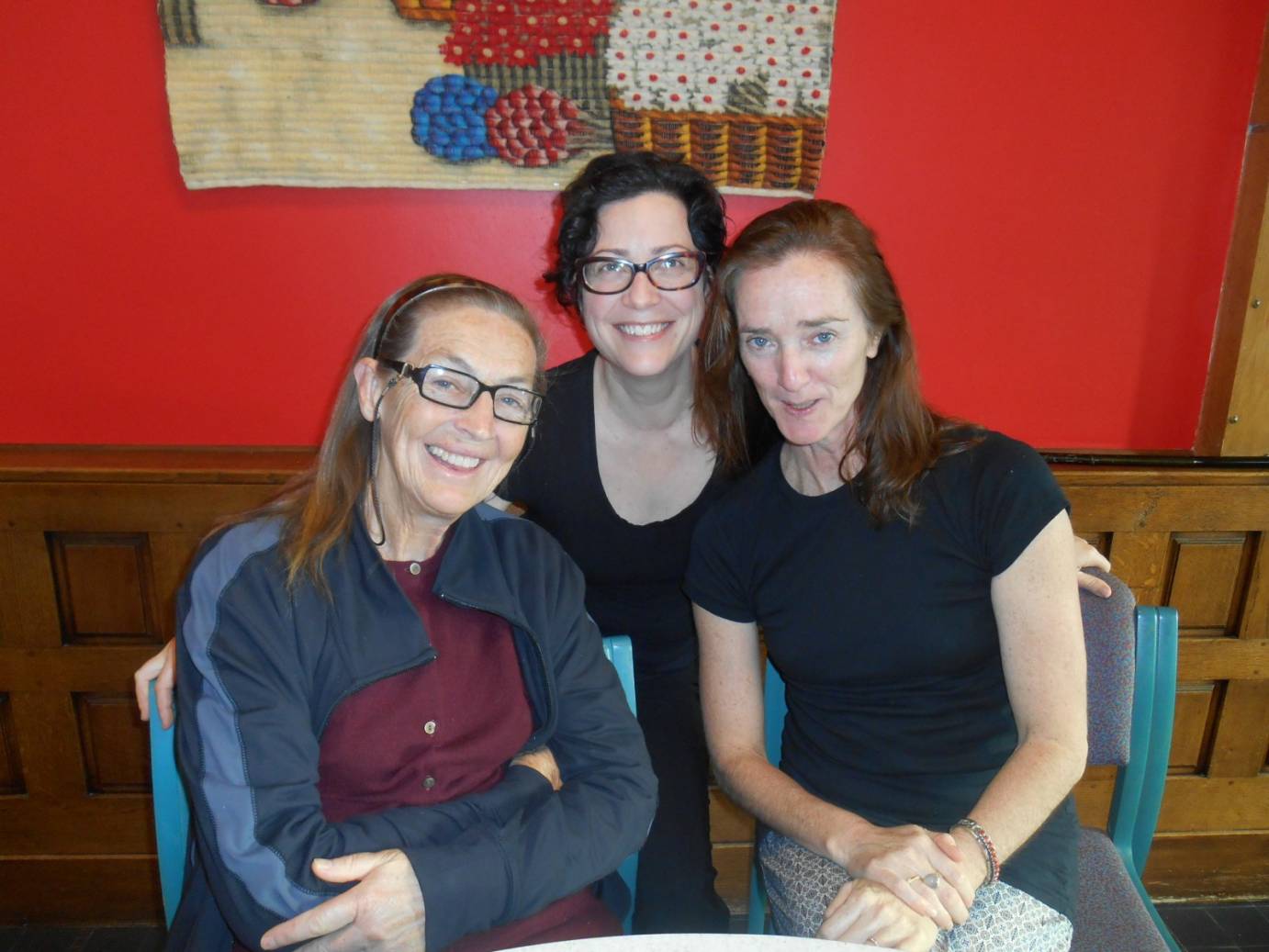
Clare Dyson's presentations, focused on audience engagement tools to map the experiential in contemporary dance, using language that could be off-putting if you are not a dance scholar. Fortunately, her video demonstrated exactly what she meant.
In the traditional site of a theatre, Dyson experimented with the proximity between audience and performer by bringing the audience up onto the stage to move around the outside of a giant box in which the dancers performed. She offered her audience agency, in that they could choose which window to look through. Some windows had limited perspective but also had headphones with the text of one performer or the other. Some windows had no sound access at all, but a larger perspective. Her performers' qualities, or technologies, did not fall within the domain of pure dance technique but, rather, were perceived to be totally honest and sincer,e sharing as human beings (individual authenticity). In all of her choices, Dyson challenged her audience's expectations and sense of safety, exploring what she referred to as liminal space. Whatever language one wants to put to it, I found it eye opening and exciting work.
Cheryl LaFrance and Linda Caldwell joined forces, along with Marie France Forcier and Julia Ritter to share their experience and research for The Dance Artist's Scholarly Voice. This included not only practical advice, but also tools, like spatial dialoguing where ideas are placed in space (tangibly, on separate pieces of paper) and one moves through them to discover unnoticed relationships and sequencing possibilities. I was inspired to see that I could use the knowledge I already have from choreography in organizing movement material and apply that to my voice as a writer.
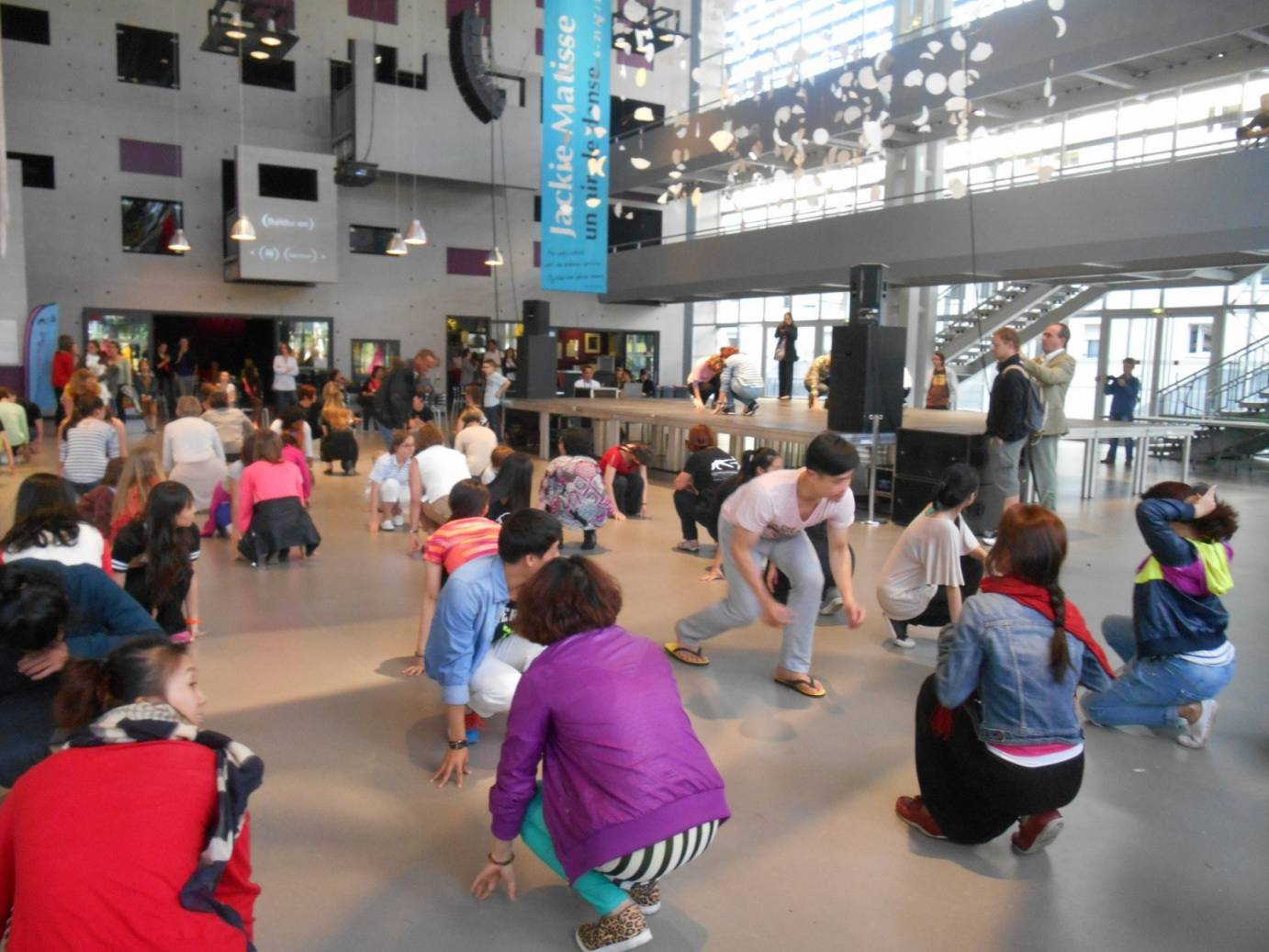
Moved to Move, a presentation by Nerida Godfrey, was looking at why and when dance artists move from one geographic place to another, and what does this mean today. Are dancers today creative class migrants, creating a transnational community? Her research is not yet finished, but I will be curious to hear her conclusions. Why do we move, anyway? And what happens when we do?
Sarah Rubidge's presentation, Dancing between the traditional and the digital, did just that. She found a place where digital media could access and intrigue the traditional dancers of Thailand at the Bangkok International Performing Arts Festival. They were able to identify themselves and their movement in the ghostlike images floating in the multi-screen digital environment called Thai Tracings.
The grace, beauty and a deep cultural sensitivity apparent in this work was deeply satisfying to me, having lived between cultures myself for the past 28 years. It can be very easy to forget to listen carefully -- and not just with the ears -- to the cultural signals that reverberate in the foreign lands we enter into. Rubidge and her sound collaborator Alan Stones have done a fine work here.
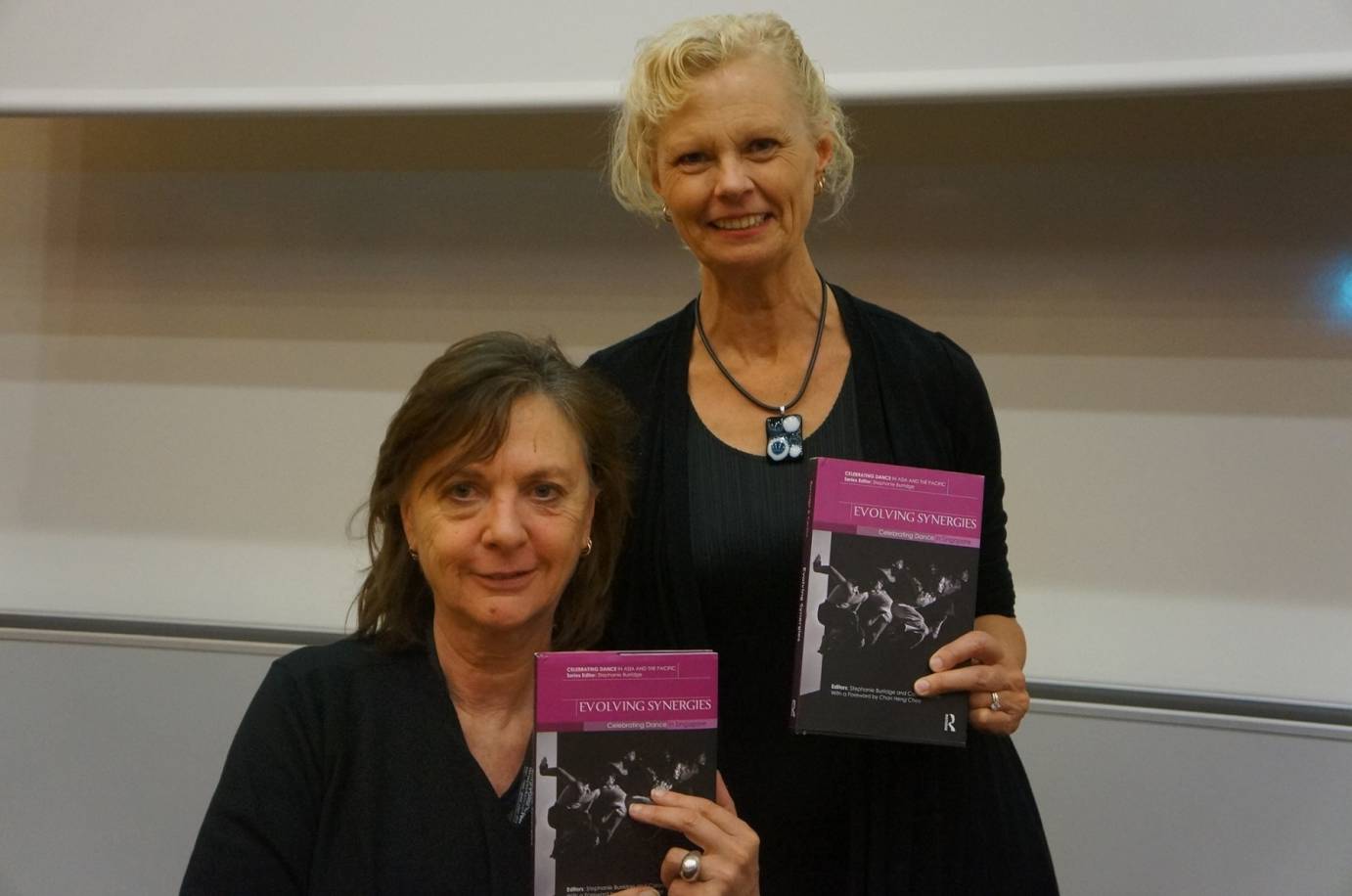
As inspiring, interesting and thought provoking as many of the presentations were, my brain and body were beginning to rebel out of sheer overload by the third day. Thankfully, I had master classes to teach. It surprised me how tangible the relief was to return to the dance studio with people ready to move, breath and be. It felt like drinking clear water, and breathing fresh air again. There is really nothing like that affirmation of being alive that is the dance, and the joy of doing it.
I saw at least one performance each evening, including the beautiful yin-yang juxtaposition of Amala Dianor and Bboy Junior's Extension, Asha Thomas and David Gaulein-Stef performance of Thomas's Vers l'extase (Toward Ecstasy) and the CNDC dancers performing Cunningham's Events (re-set by their new Artistic Director Robert Swinston) (link: http://artsbeat.blogs.nytimes.com/2012/03/13/cunningham-legacy-to-continue-in-france/ ). Sue Healey's dance documentary "Virtuosi" was a nice variation amidst all the activity, as was a Bal Moderne with everyone dancing choreography by Sidi Larbi Cherkaoui, Maria Clara Villalobos, Gabor Varga, Zsuzsa Rozsavolgyi and Robert Swinston.
I missed the book launch of Claire Roussier's Evolving Synergies: Celebrating Dance in Singapore, along with a million other things I wanted to get to, but was nourished again and again by unexpected encounters and conversations on the run: an impromptu interlude of contact improv on the rooftop terrace overlooking impressive chateau fort across the river with Romain Bigé, Nicole Habonnier-Topin and Christopher Dolder; a brief but profound journey into the differences between French and US cultural attitudes toward art and dance with Laurent Van Kote; a moment looking at the challenges of Indian tribal dancers as they move their work out of the community and onto the stage with A.P. Rajaram; and listening to an envisioned future linking dance, science and technology through the eyes of Burning Man's "Shower Boy" (aka Christopher Dolder).
All-in-all a wonderful week.






